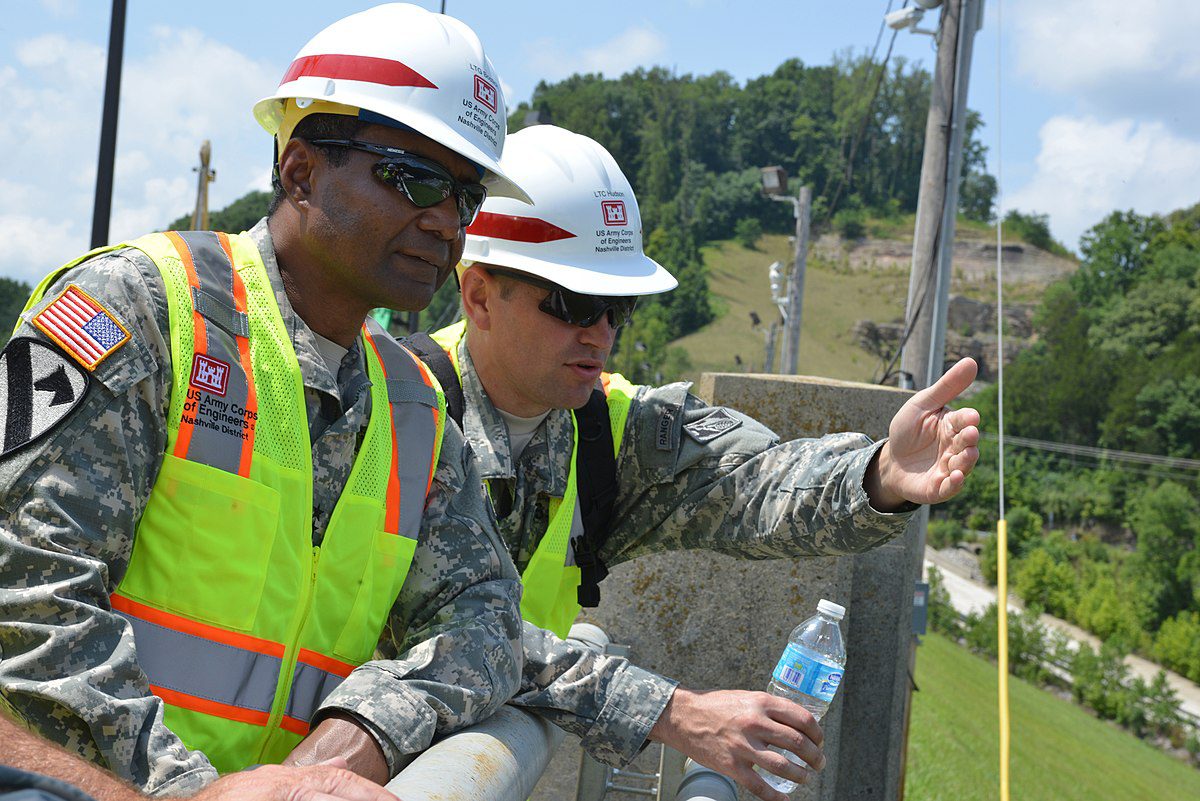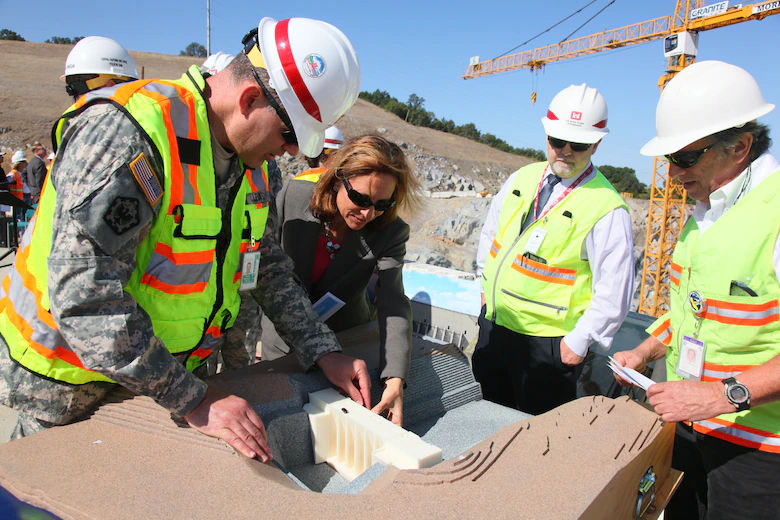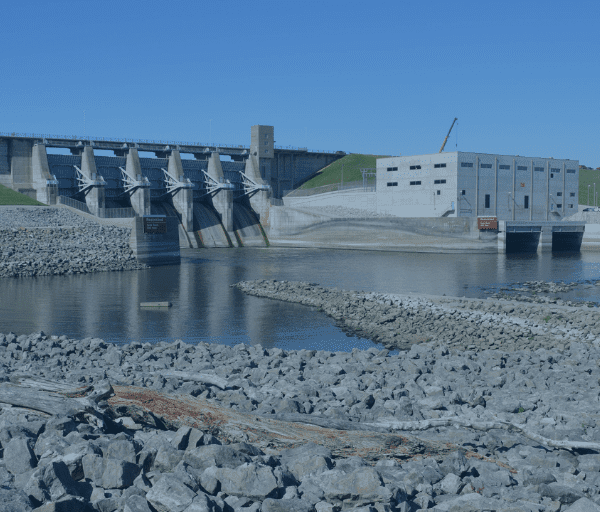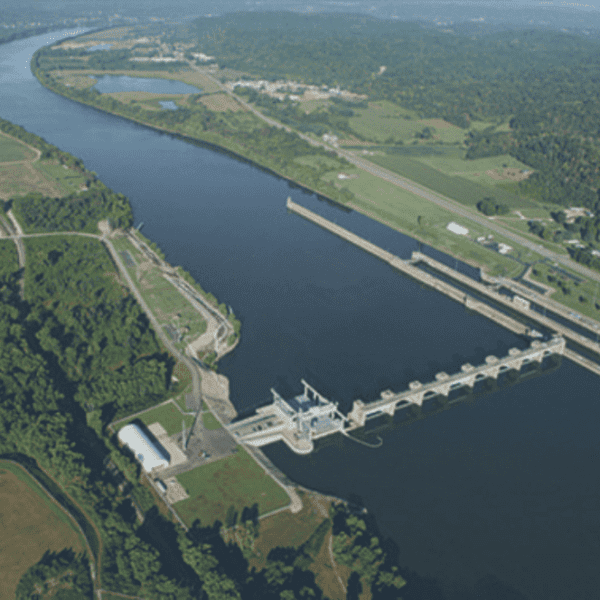Last week, Senators Steve Daines (R-MT) and Diane Feinstein (D-CA), along with Representative Annie Kuster (D-NH), introduced bipartisan, bicameral legislation to improve the U.S. Army Corps of Engineers’ process for reviewing applications to retrofit its dams in order to add a hydropower generation component.
If enacted, this legislation could help developers take advantage of nearly 2.8 gigawatts of potential capacity at 223 dams owned and operated by the Corps of Engineers that currently don’t have hydropower generation.
The Corps is the largest generator of hydropower in the country, with hydro facilities at 75 dams providing more than 20 gigawatts of nameplate capacity. However, there are more than 700 dams operated by the Corps for purposes other than generating power, such as navigation, water supply, and recreation. Of these facilities, the Corps has determined 223 are suitable for hydropower generation.
“Adding hydropower generation to existing non-powered Army Corps dams has the potential to power more than 2 million homes with clean, renewable energy,” said Malcolm Woolf, CEO and President of the National Hydropower Association (NHA). “Despite this immense potential, red tape and inconsistencies within the permitting process is a major barrier to getting these projects over the finish line. Developing new hydropower at federally-owned dams will play a role in decarbonizing our nation’s grid, and this legislation will give hydropower developers the certainty they need to finance and construct these facilities. I commend Senator Daines and Representative Kuster for their bipartisan leadership and for recognizing the critical need for hydropower.”
Despite the potential, non-powered dam development for federal and non-federal entities has consisted of a total of 35 non-powered dams retrofitted to generate hydropower during the span of 2010-2019, representing a combined capacity of 465 MW.

THE DEEP DIVE: WHY IMPROVEMENT IS NEEDED
Hydro project developers looking to retrofit existing Corps dams with hydropower generation have long shared the message that the Corps’ process for reviewing applications to retrofit non-powered dams with hydropower generation is outdated.
The Army Corps’ review process presents two main challenges for non-powered dam developers.
First, the 223 existing Corps dams suitable for hydropower generation are spread across 24 Corps districts. Unfortunately, each Corps district has its own process for reviewing applications to retrofit non-powered dams with hydropower generation. This creates regulatory uncertainty for developers, who must learn to navigate a unique process in every Corps district.
Second, there is very little oversight of each Corps districts’ process for reviewing these applications. This means that if developers run into challenges in the individual Corps districts, they have limited opportunities for recourse.
OFFERING SOLUTIONS
The bipartisan legislation attempts to solve these problems by directing the Corps of Engineers to create a nationwide, efficient, consistent, and coordinated process for reviewing applications to retrofit non-powered dams with hydropower generation. This will provide greater regulatory certainty for project developers.
The legislation also creates a new program manager position at the Corps’ Washington, D.C., headquarters. This program manager will serve as a liaison between the Corps districts and hydro project developers to ensure that applications to retrofit non-powered dams are reviewed in a timely manner by Corps district staff.
Senators Daines and Feinstein, along with Representative Kuster, have all championed the idea of retrofitting existing dams with hydropower generation. The legislation is a result of collaboration between their staffs, NHA staff, and NHA member companies.
Portions of the Daines/Feinstein/Kuster proposal are included in the Senate’s Water Resources Development Act (WRDA). NHA plans to work with Senators Daines and Feinstein and Rep. Kuster to ensure this proposal is included in the final version of WRDA, which is expected to make its way to President Biden’s desk later this year.
ONE PIECE OF THE LICENSING REFORM PUZZLE
The bill to improve the Corps permitting process adds to the industry’s efforts to improve hydropower licensing and relicensing. Earlier this year, conservation organizations, hydropower industry groups, and Native American Tribes sent a comprehensive reform package to Congress and the White House. It proposed amendments to the Federal Power Act to enhance cooperation, improve clarity, restore autonomy and self-determination for Tribal Nations, and retain states’ decision-making authority.
In doing so, the package would help address climate change, better protect the health of the nation’s rivers, and provide tribes long-sought authority over their lands and waters. The package recently received bipartisan support at a U.S. House of Representatives hearing.











